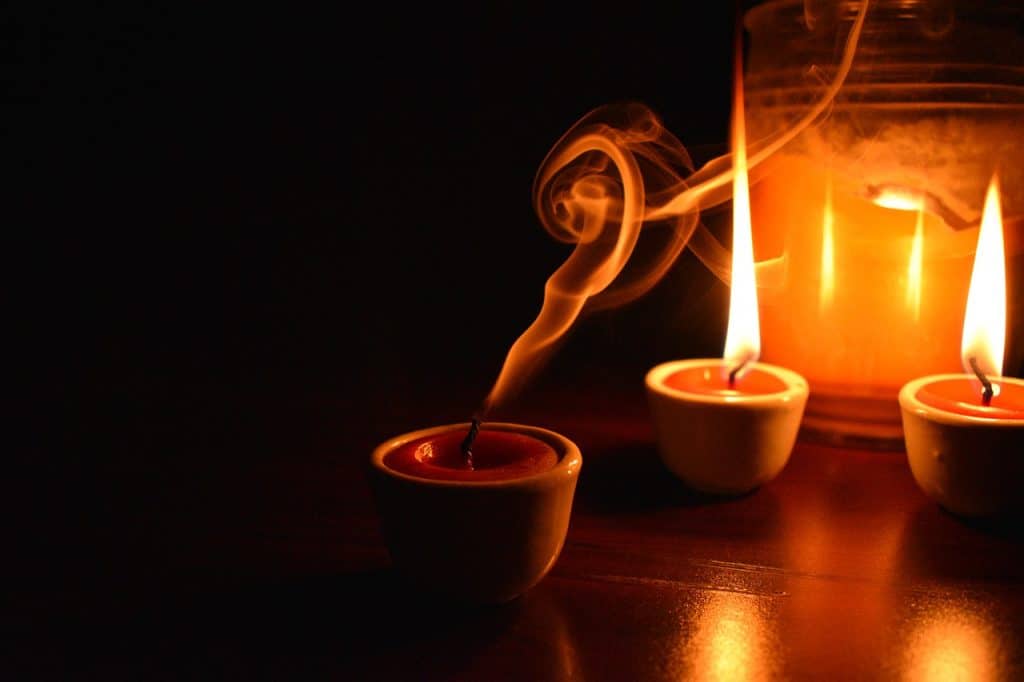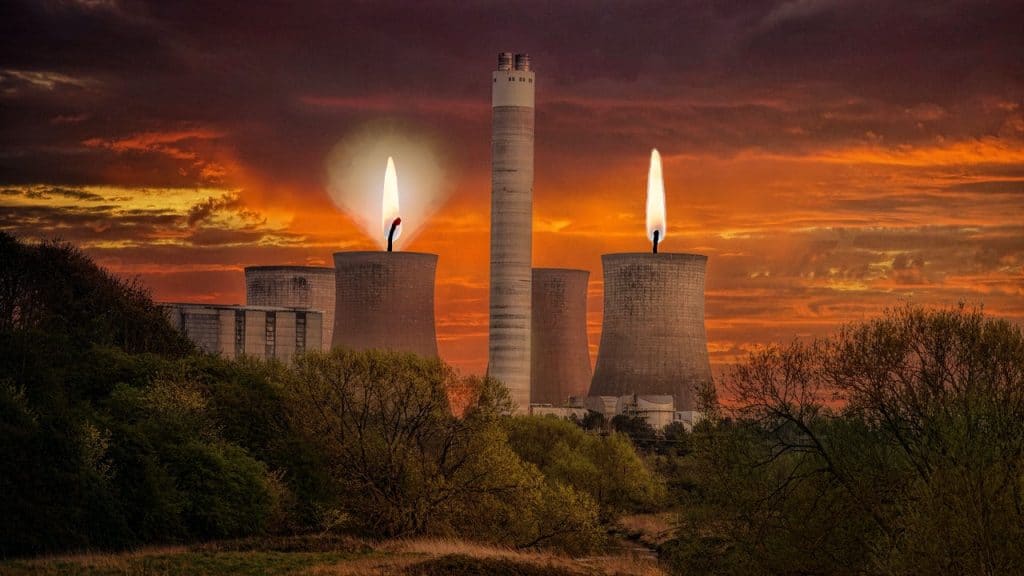Candles are very common household items, which are used to provide indoor illumination. Hundreds of years ago, they were one of the major sources of indoor illumination in the world. Back then, candle makers (who are known as chandlers) used to go from household to household in order to make tallow candles for families, using left over fat from their kitchens.
Nowadays, candles are becoming increasingly popular as a result of worldwide interest in the field of aromatherapy. And many people have been wondering about their potential impact on the environment.
THE LONG HISTORY OF CANDLES
Candles have been coexisting with mankind for millennia. For thousands of years, people have used these amazing tools (i.e. candles) to provide indoor illumination and other uses. Some of the most common uses of candles include the following:
- Provision of illumination
Mankind’s quest for illumination did not begin today. For thousands of years – even long before the invention of candles took place – people have been searching for ways to provide lighting for themselves and their loved ones; particularly indoors or after sundown. At night, particularly, this demand for lighting or illumination becomes increasingly urgent so as to avoid accidents (e.g. bumping into furniture or someone else in the dark). In ancient times, however, such accidents were often fatal and deadly, as the state of mankind’s healthcare and security systems were not as advanced as they are today.
This demand for illumination has led to the discovery and invention of a lot of indispensable phenomena such as electricity and the electric light bulb. The candle’s invention thousands of years ago was likely also due to such demand. Although, the inventor of the candle and the exact time or place where the invention occurred is not widely known today, it is an indisputable fact that the candle is a very important asset to mankind.

- Birthdays
In this modern era of electricity, it is not unusual to hear that some people have never lit or purchased a candle in their entire lives. And this would be a much more common phenomenon if not for the simple wonder of birthdays – or more precisely, birthday cakes.
Many birthday cakes feature candles, which must be blown out by the celebrant in order to grant their secret wishes; a tradition that has persisted for several decades (thanks, in part, to the tremendous influence of popular media).
- Relaxation and stress relief
In recent times, candles have been used widely in the field of aromatherapy, for the provision of stress relief and relaxation. The most popular kinds of candles used for this purpose are the scented versions.
Scented candles are the type of candles that usually emit pleasant aromas and fragrances when they are burning (and even when they are unlit). Scented candles typically give off such aromas because perfumes are added to them during their candle making process (i.e. while they are still in melted, liquid form). Scented candles usually give off the aroma or scent of the fragrance or perfume that has been added to them, and the intensity of these aromas usually depends on the type and quality of the perfume used.
Scented candles are generally used in the field of aromatherapy because aromatherapy itself involves the inhalation of scents from natural, plant-based sources; in order to calm a person’s nerves, relieve their stress, aid their relaxation and improve their mental health. This field is also particularly useful in the treatment of anger issues (i.e. it can be used to aid anger management).
Therefore, scented candles are typically more expensive and rarer than normal unscented candles in many parts of the world. They also occur in a wide array of scents and fragrances, which leaves a wide room for preference (i.e. a candle buyer can choose from different types of scented candles as a result of their preference in fragrances). However, some people claim that burning scented candles can make them nauseous (an occurrence that tends to occur more when the fragrance of the scented candle is too strong either due to improper ventilation, excessive use of the candle or the type of candle itself).

- Romance
We’ve all heard of candlelight dinners, and we may also have experienced one or two of our own. The reason why these dinners are named in this manner is because candles are usually utilized during their set up. The guiding principle of candlelight dinners is that the soft glow from candles – or even the mere sight of lit candles – would provide an atmosphere of intimacy, which would spark romance or warmth between dinner mates.
Aside from candlelight dinners, candles also feature in other aspects of the field of romance. For instance, some people claim that bubble baths for two are oddly incomplete without candles burning in the background, and there are some that claim that candles are simply indispensable when it comes to going down on one knee and popping the golden question that ideally results in a walk down the aisle.
WHAT IMPACT DO CANDLES HAVE ON THE ENVIRONMENT?
In spite of all the uses of candles, there are still a lot of concerns surrounding their use. It is believed that candles (particularly those of paraffin wax variety) usually give off gases and chemicals while they are burning. Some of these chemicals are quite harmless (e.g. water vapor), however, others may have an harmful effect on people, animals and the environment in general. This is because many of the chemicals emitted by candles – paraffin wax candles, in particular – include toluene, benzene, formaldehyde and other green house gases. They also include phthalates which can be absorbed through a person’s skin and cause health complications. These chemicals can also lead to the worsening of asthma and other respiratory conditions.
The good news is that candles tend to produce such chemicals in very minute quantities, and not all of them produce considerable amounts of them. Some types of candles such as soy wax candle and beeswax candles release extremely small amounts of such chemicals when they burn.




